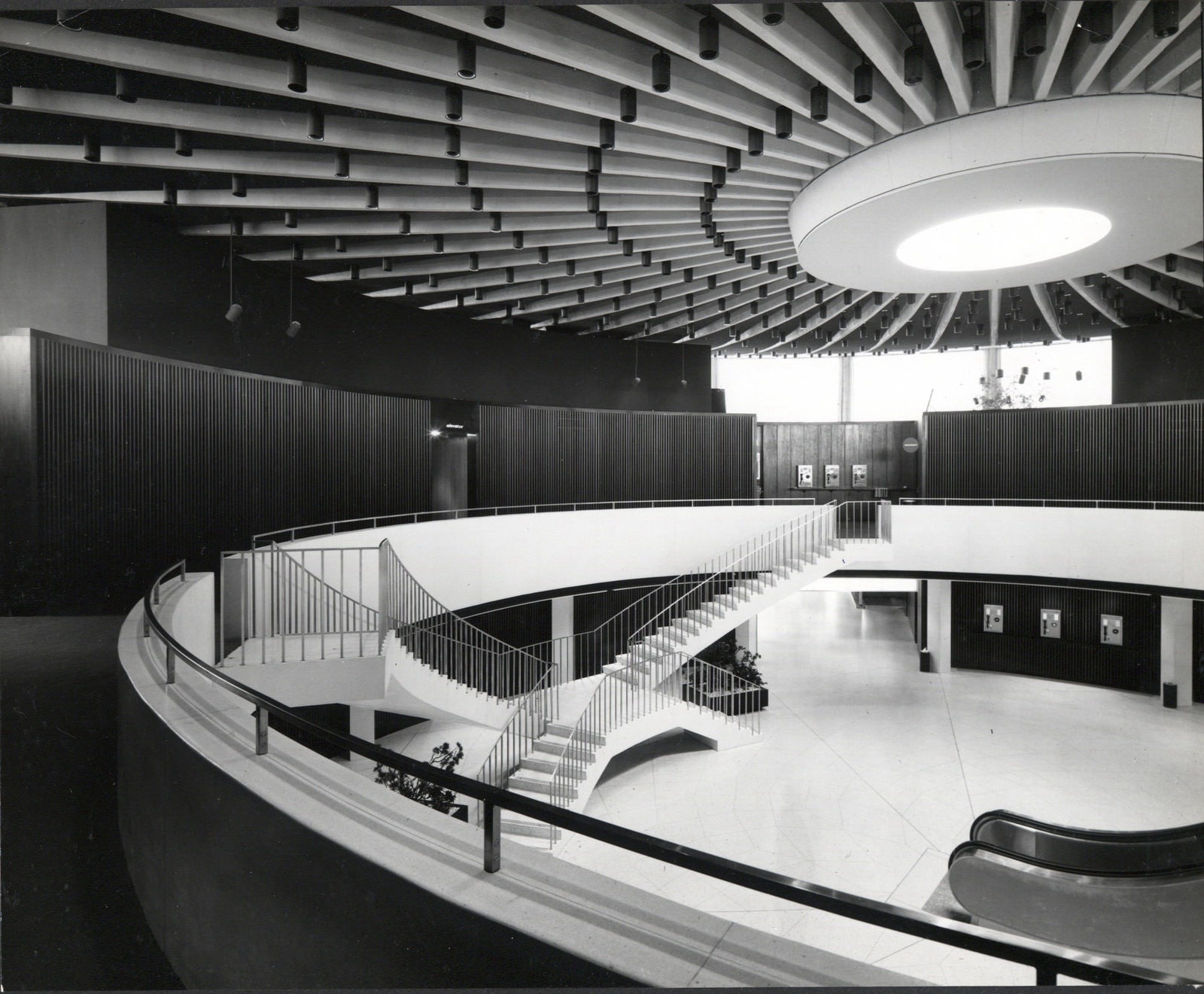Finding Resilience in Urbanism and Infrastructure
Moderator
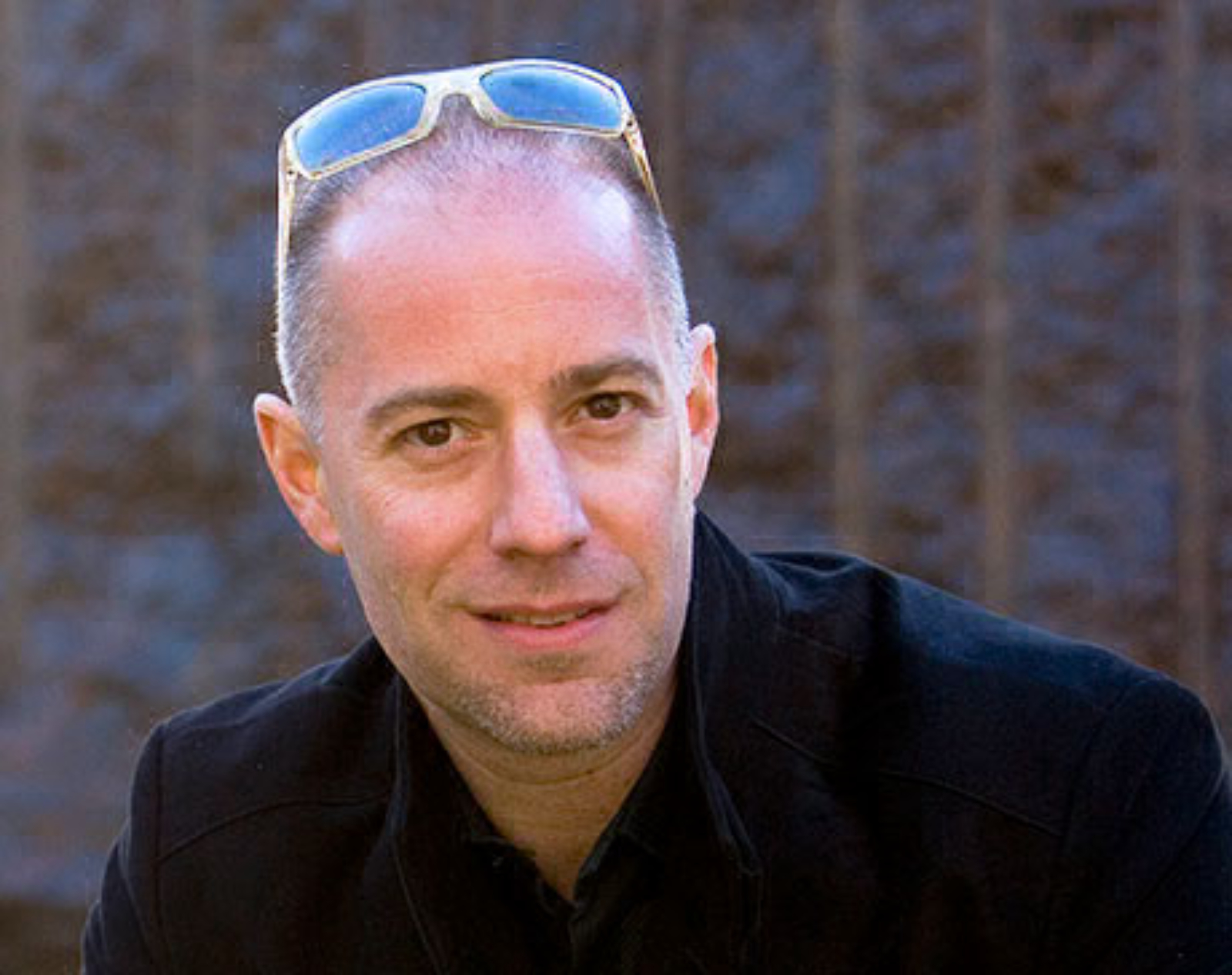
Charles A. Birnbaum, FASLA, FAAR
Charles A. Birnbaum, FASLA, FAAR, is the president, CEO, and founder of The Cultural Landscape Foundation (TCLF). Prior to creating TCLF, Birnbaum spent fifteen years as the coordinator of the National Park Service Historic Landscape Initiative (HLI) and a decade in private practice in New York City, with a focus on landscape preservation and urban design.
Since taking the helm at the foundation in 2008, Birnbaum’s major projects include the web-based initiative What’s Out There (a searchable database of the nation’s designed landscape heritage) and the creation of the first International Prize in Landscape Architecture named for Cornelia Hahn Oberlander. He has authored and edited numerous publications, including Shaping the Postwar Landscape, (UVA Press, 2018), the Modern Landscapes: Transition and Transformation series (Princeton Architectural Press, Volumes printed in 2012 and 2014), Shaping the American Landscape (UVA Press, 2009), Design with Culture: Claiming America’s Landscape Heritage (UVA Press, 2005), Preserving Modern Landscape Architecture (1999) and its follow-up publication, Making Post-War Landscapes Visible (2004, both for Spacemaker Press), Pioneers of American Landscape Design (McGraw Hill 2000) and The Guidelines for the Treatment of Cultural Landscapes (National Park Service, 1996).
In 1995, the American Society of Landscape Architects (ASLA) awarded the HLI the President's Award of Excellence. In 1996, the ASLA inducted Birnbaum as a Fellow of the Society. He served as a Loeb Fellow at Harvard’s Graduate School of Design, during which time he founded TCLF. In 2004, Birnbaum was awarded the Rome Prize in Historic Preservation and Conservation and spent the spring and summer of that year at the American Academy in Rome. In 2008, he was the Visiting Glimcher Distinguished Professor at Ohio State University's Austin E. Knowlton School of Architecture. That same year, the ASLA awarded him the Alfred B. LaGasse Medal, followed by the President’s Medal in 2009. In 2017, Birnbaum received the ASLA Medal, the Society's highest award. Birnbaum has served as a Visiting Professor at Columbia University’s Graduate School of Architecture, a visiting critic at Harvard’s GSD, and currently serves as a Lecturer in Landscape Architecture at Harvard’s Graduate School of Design. He was also a frequent contributor to the Huffington Post (2011-18). In 2020 Birnbaum received the Landezine International Landscape Honour Award as well as the Garden Club of America’s Historic Preservation Medal.
From Paving Paradise to Preserving Parking Lots: A Modern Landscape Problem
Mid-to-late Modern Era properties—buildings and landscapes constructed between 1950 and the mid-‘70s—frequently include parking lots. In assessing those properties as potentially historic, the focus is typically on the building. But are those parking lots preservation-worthy, too? The “landscape” is the totality of the spatial organization and features of a site, and, in the Modern Era, it often includes parking lots. The term “landscape” tends to bring to mind formally designed gardens and parks; vernacular properties such as farms; or ethnographic properties such Native American sites. The landscape associated with a building is typically treated as part-and-parcel of the building, as indeed courtyards and plazas may be, or described as landscaping, via an inventory of plants. Modern Era buildings, having been designed and built in the car-centric decades of the mid-twentieth century, add a new feature for consideration, one typically perceived as strictly utilitarian: sizable parking lots. As properties of this era approach 50 years of age, becoming subject to evaluation for eligibility for National Register listing, where are the guidelines, what are the standards, for evaluating the historic significance of uniquely Modern Era landscape features such as parking lots? Part 1 reviews the historical development of automobile parking lots; Part 2 examines cultural landscapes as generally understood by cultural landscape professionals, notably, the National Park Service; and Part 3 offers recommendations for evaluating and adaptively reusing parking lots, with cases studies drawn from both the public and private sectors.
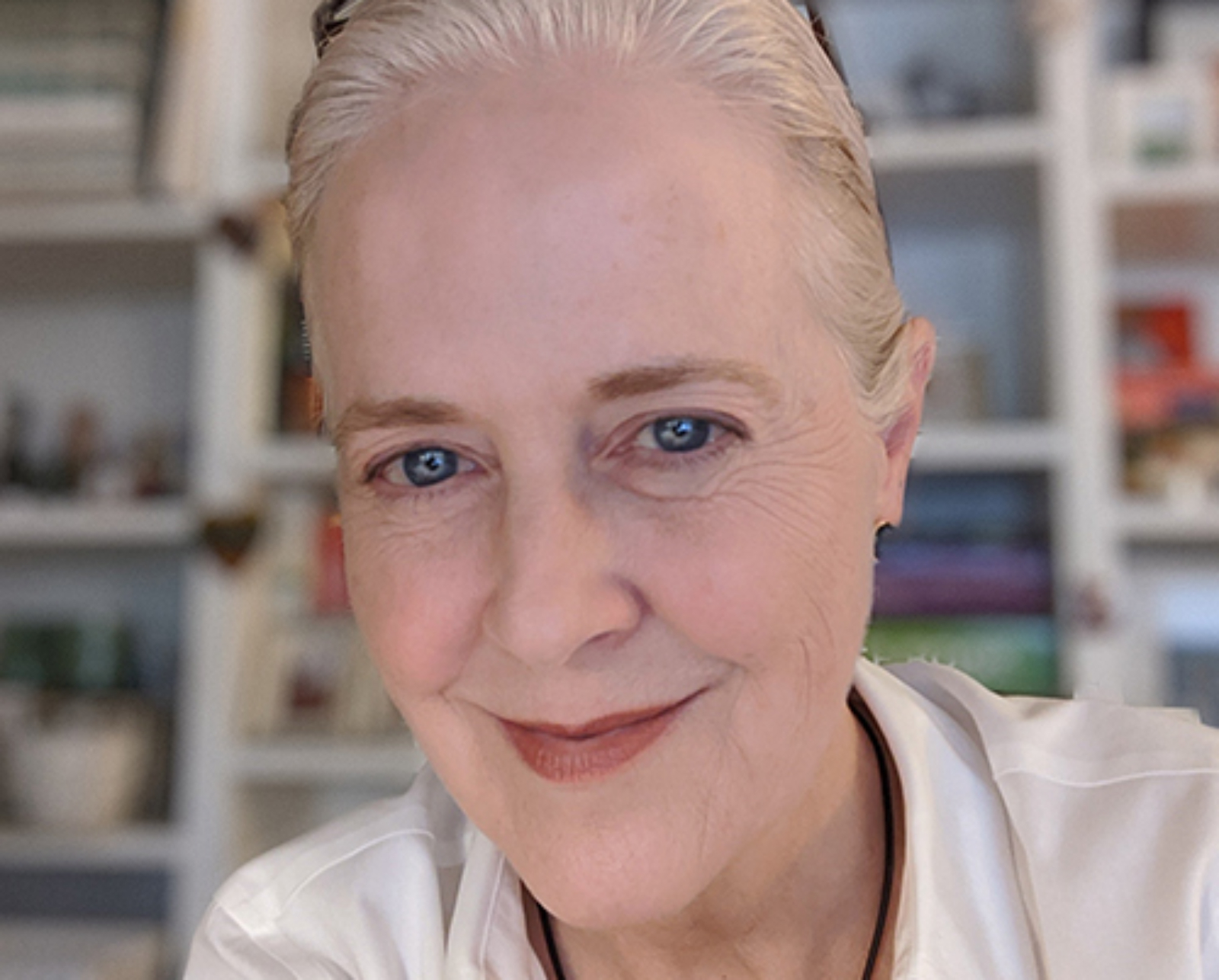
Sherry Frear, RLA
Sherry A. Frear, RLA, is Chief of the National Register of Historic Places and National Historic Landmarks Program, a role she assumed in May 2020. Supported by credentials in historic preservation, landscape architecture, project management, and sustainable practices, her experience ranges from programming and planning to design and construction management to interpretation and outreach. Sherry spent her formative professional years working for a large Washington, D.C., law firm, where she specialized in construction litigation support. Through volunteer work at the National Building Museum, she discovered the range of career options in the A/E/C profession, which lead her to Cornell University, where she earned both a Master’s in Historic Preservation Planning and a Master’s in Landscape Architecture. She has worked at the city, county, and federal levels, including a previous stint with NPS in 2010-2012 at Lowell National Historical Park. Sherry is a licensed landscape architect (MD).
Chicago’s Hymn to Water: The World’s Largest Water Filtration Plant
Chicago's Central District Water Filtration Plant was the first major public infrastructure project completed under the administration of Mayor Richard J. Daley, and one of the first modernist or “Miesian” projects designed by the renowned architecture firm of C.F. Murphy. Taking more than ten years to complete—and emerging triumphant over a lawsuit by residents and property owners on Chicago’s lakefront—the plant opened in 1965 and included an amenity not typically coupled with infrastructure: a ten-acre public park organized around the display of water. Designed by landscape architect Dan Kiley, the park features five circular pools—representing the Great Lakes—as well as a dramatic, cantilevered platform for viewing the Chicago skyline. The viewing platform has made it one of the most popular locations for photography in the city. In 1966, the park was dedicated in memory of Chicagoan Milton Lee Olive III, the first African-American recipient of the Congressional Medal of Honor for service in the Vietnam War. Today the facility remains the world’s largest water purification plant, processing nearly one billion gallons of water each day to serve more than six million customers in the greater Chicagoland area, which includes over 100 suburban municipalities. Olive Park remains popular with the public, but has fallen into a state of disrepair.
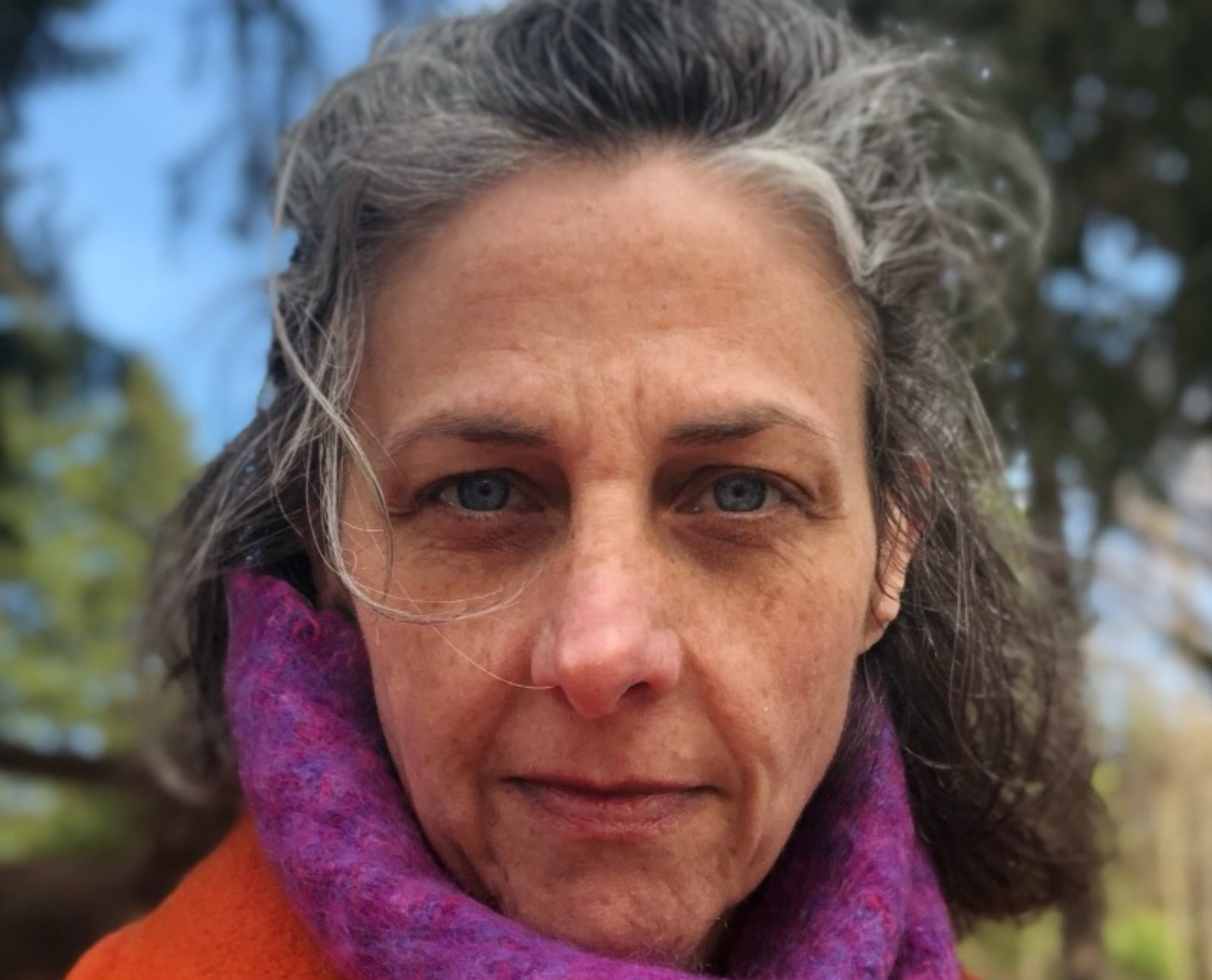
Rachel Leibowitz
Rachel Leibowitz, Ph.D., is an Assistant Professor in the Department of Landscape Architecture at the State University of New York College of Environmental Science and Forestry in Syracuse and is a co-director of its Center for Cultural Landscape Preservation. She has taught courses in the history of architecture and landscape architecture at the University of Texas at Austin and the University of Illinois at Urbana-Champaign. Rachel’s prior practice in design and in public history includes positions at two Chicago architecture firms; the Historic Preservation Division of the City of Chicago Department of Planning and Development; and the state historic preservation offices of Texas and Illinois. Most recently, Dr. Leibowitz served for five years as the Deputy State Historic Preservation Officer and head of the Preservation Services Division for the Illinois Historic Preservation Agency and the Illinois Department of Natural Resources. She has received fellowships from the Smithsonian Institution, the American Council of Learned Societies/Luce Foundation, the American Philosophical Society, and the Society of Architectural Historians, among others. Rachel currently serves on the boards of the Alliance for Historic Landscape Preservation, the Preservation Association of Central New York, and the Barry Lopez Foundation for Art + Environment, and she is the book review editor for Buildings & Landscapes, the journal of the Vernacular Architecture Forum.
“Crossroads of the Air:” Chicago’s Airport Architecture
Aviation heritage is rarely addressed by preservation campaigns. Yet the losses of structures like Myron Goldsmith’s United hangar at San Francisco International Airport (1961-2000) or the Pan Am Worldport at JFK in New York (1960-2014) call attention to how vulnerable many of the last century’s airport monuments are. Standing in the way of modernization and caught in near-constant changes in operations, these structures are rarely missed or addressed in expansion or reconstruction plans yet, as they fall, they deserve acknowledgement and study as artifacts in the development of technology and the evolution of the aviation-age city. This paper documents Chicago’s airport architecture, highlighting lost and extant structures at Midway, Meigs Field, and O’Hare and arguing for awareness and discussion of threats to what remains.
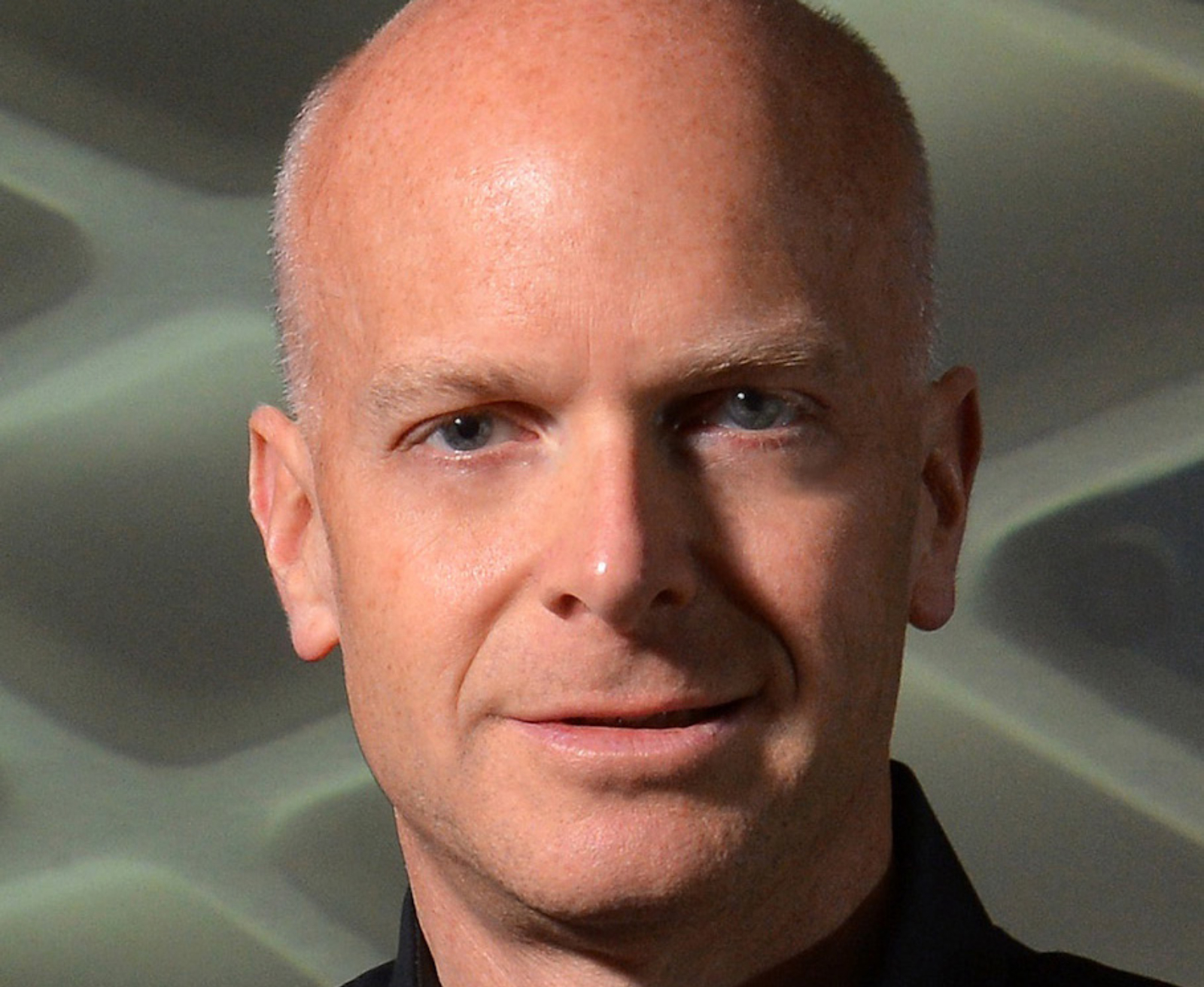
Thomas Leslie, FAIA
Thomas Leslie, FAIA is the Morrill Professor in Architecture at Iowa State University in Ames, IA. Professor Leslie has taught building design, history, and technology at Iowa State University since 2000. He has degrees from the University of Illinois at Urbana-Champaign and Columbia University. Prior to teaching he spent seven years with Norman Foster and Partners, London. Leslie is the author of Louis I. Kahn: Building Art, Building Science (Braziller, 2005), Chicago Skyscrapers, 1871-1934 (University of Illinois, 2013), and Beauty’s Rigor: Patterns of Production in the Work of Pier Luigi Nervi (University of Illinois, 2017). In 2013-2014, Leslie was the Booth Family Rome Prize Fellow in Historic Preservation at the American Academy in Rome, and in 2018 he was elevated to Fellowship in the American Institute of Architects for his contributions to architectural education and research. His current project, a history of postwar skyscraper construction in Chicago, is scheduled for publication in 2022.
